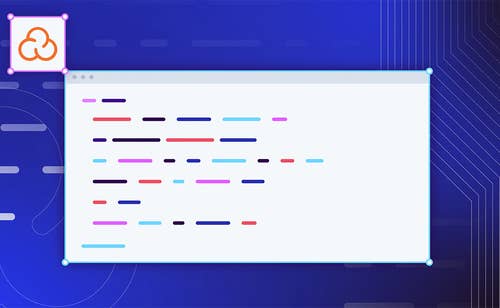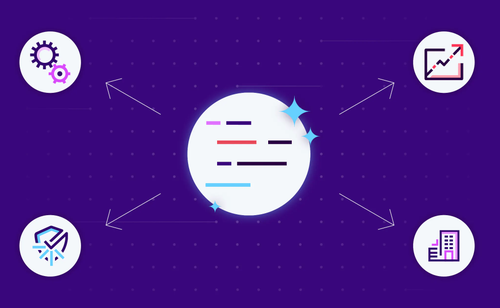Sonar's latest blog posts
Announcing SonarSweep: Improving training data quality for coding LLMs
Recent research from Anthropic has shown that even a small amount of malicious or poor quality training data can have a massively negative impact on a model’s performance, exposing users to significant security and quality issues.


How to enable your development team to deliver Code Quality?
Regardless of the company we work for, the project we contribute to, or our years of experience as individual developers or as a team, we inevitably make mistakes while coding. On average, a development team generates about 15 to 50 errors per 1,000 lines of delivered code.
Read Blog >

Scaling Code Quality Across the Enterprise
Code is at the core of your software and dictates its behavior and performance. Code Quality makes it easier for your development teams to introduce changes and enhancements to software because it is free of issues.
Read Blog >
Get new blog posts delivered directly to your inbox!
Stay up-to-date with the latest Sonar content. Subscribe now to receive the latest blog articles.

What I learned from using SonarQube Server for the first time
In this blog, I will share the story of how I got introduced to SonarQube Server and made use of it as a team lead. I will explain how it helped us improve our code, and also assisted me in growing a team of junior developers with a Code Quality companion by their side.
Read Blog >

Code Security Advent Calendar 2022
The year is slowly coming to an end and it’s time again to look back and reflect on the great fun and achievements of the year. This is where we would like to thank our community and share a little gift, as we do every December since 2016.
Read Blog >

Lesser spotted React mistakes: Zombie methods
This series is dedicated to the small, but common pitfalls and errors you can encounter when writing React code. Whether an experienced JavaScript | TypeScript developer or just starting out, the results can be surprising. Part 2.
Read Blog >

Doing More with Less in Uncertain Times
Even though efficiency of all work processes is a goal of any business striving for success, it is even more of a challenge given the current economic climate. This bar shifts higher every day.
Read Blog >

The npm package of the Moment: How we migrated from a deprecated Javascript package
Moment.js is a popular date-handling library that, at one point, was being downloaded nearly 15 million times a week. Despite its popularity, Moment’s open source maintainers announced in September 2020 that they were deprecating the project.
Read article >

Checkmk: Remote Code Execution by Chaining Multiple Bugs (3/3)
This last article of the series determines how an attacker can chain two further vulnerabilities to fully take over a Checkmk server.
Read Blog >

A Look Back at KubeCon 2022
The Sonar Team had a great time sponsoring KubeCon 2022 in Detroit. Read about our takeaways from the event...
Read Blog >

Checkmk: Remote Code Execution by Chaining Multiple Bugs (2/3)
The second article of this series outlines how an attacker can leverage the ability to forge arbitrary LQL queries to gain access to the NagVis component.
Read Blog >

Evaluating the RAIL license family
Machine learning (ML) is the hot topic in tech circles right now, and tech lawyers are no exception. Virtually every lawyer discussion I’ve had in the last two weeks has ended with a variation on this question
Read article >